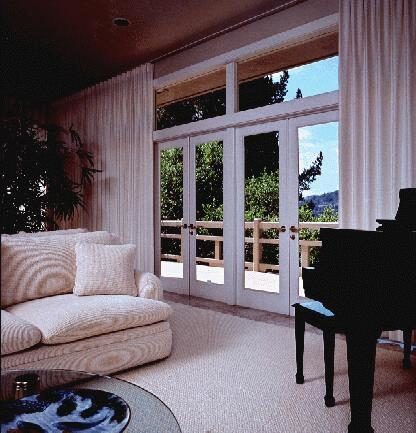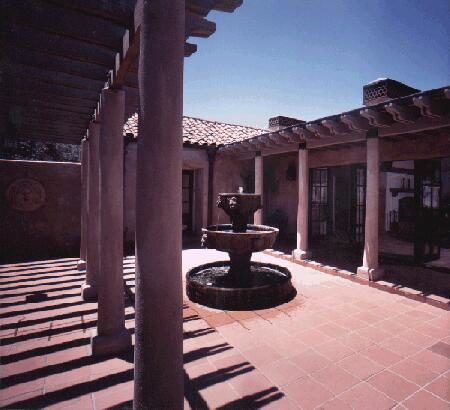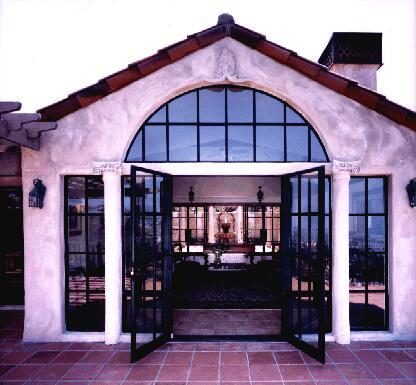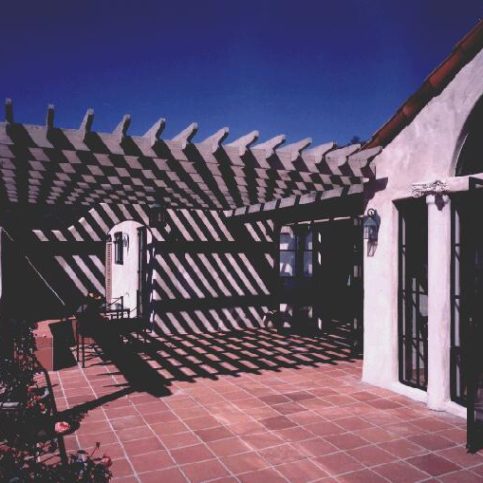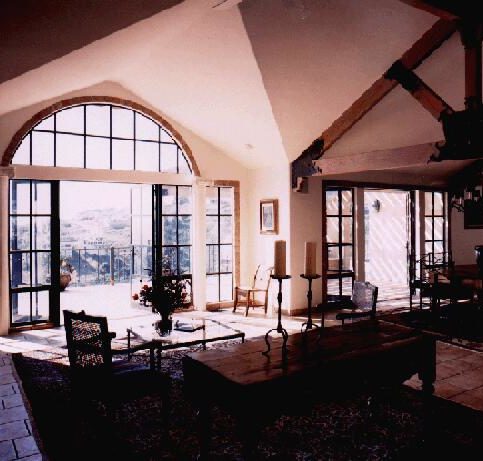Design-build is here to stay. Over the last few decades, design-build has become an even bigger part of the construction industry. The reason, explains Bill Hinkamp of Rockridge Builders in Oakland, is that construction drawings no longer contain the detail they once did. As a result, every construction project must, by necessity, have an element of design to it—to bridge the gap between drawings and construction.
You might be well served, says Mr. Hinkamp, by a construction firm that specializes in design build. “Often, contractors will get design drawings for a project that amount to little more than a floor plan and an elevation. It may be devoid of any other details, including locations of electrical outlets, selection of electrical lighting, and mechanical plumbing. Even foundation details are often absent.”
Today, it’s almost expected that a contractor bear these responsibilities, says Mr. Hinkamp. Once, homeowners would have contacted a design professional at the outset of a project, but today, it’s often contractors who get the first phone call, he says.
Also, warns Mr. Hinkamp, the industry is far less regulated than it once was. The California Board of Contractors has little manpower or policing powers. “There are a lot of people who are operating around both the law and good practice,” he says.
For example, a contractor can’t accept a down payment that exceeds $1,000 or 10 percent of the total cost of the project, whichever is less. If a contractor tries to collect more, Mr. Hinkamp advises customers to stop the process immediately and switch contractors.
Rockridge Builders is happy to provide this further information on how to select a contractor:
I. SELECTION CONSIDERATIONS
A. WHAT CONTRACTOR OR SPECIALTY DOES THE JOB REQUIRE?
1. New Construction
2. Structural repair/ foundation work
3. Addition/ remodeling
4. Design and Building experience
5. Job scope below $10,000
6. Repair work/handyman job
B. HOW DOES ONE FIND A COMPETENT CONTRACTOR
1. Referral from trustworthy friends and acquaintances
2. Recommendations from your architect/ engineer/ designer
3. Trade Association referrals
C. SHOULD I ASK FOR PRELIMINARY ESTIMATES?
1. Is quality or cost your primary consideration? If cost only, skip to D-1.
2. Preliminary cost projections can be very useful in defining the scope of your work within your budget. Estimates are a labor intensive service often performed without cost to you. A good contractor will be candid in helping you close the gap between perception and reality in costing and budgeting your job. An experienced professional contractor is not bidding your project at this stage. He or she is helping you to define your building costs to work within your budget. Do not discount any contractor on the basis of preliminary estimates. If preliminary estimates are too expensive, either scale back your project or go back to C-1. Be honest with yourself.
D. HOW MANY CONTRACTORS SHOULD BE INTERVIEWED AND HOW SHOULD THE FINAL SELECTION BE MADE?
1. Is quality or cost your primary consideration? / If cost only, skip the rest of this section, advertise your job at the local builders exchange, and cross your fingers.
2. Ask no more than three contractors to look at your job. If competitive bidding is still important, review #1.
3. More than any other professional experience/ investment in your life, your relationship with your contractor will be the longest, most personal, most impactful than any other that you may have during your lifetime.
4. Your primary consideration should be to select the contractor that you feel will live up to your expectations of quality, responsiveness, communication, and compatibility. Your building investment is an investment not only in dollars, but in the quality of your life … often the rest of your life.
II. CONTRACTS – WHAT KIND ARE BEST?
Because everyone is different, there are differing levels of contract risk and security. There are three basic kinds of contracts and an infinite number of hybrids. (One hybrid is explained below):
A. FIXED BID
Simple. What you see is what you get – unless of course there are a lot of additions or changes during the course of construction.
Possible drawback:
All risk resides with the contractor. Accordingly, certain allowances must be built into the contract price to allow for the unexpected. If you are a great customer and the unexpected becomes minimal, you may be paying too much in the end.
Largest drawback:
Many contractors today are in the habit of “lowball” fixed bid pricing in order to contract with the anticipation of adding costs to the job with change orders for work that was not estimated properly. They typically oversell the low price issue and use it as a marketing tool. This practice hurts everyone.
In the end, you may pay far more than you would have from a contractor who estimated the job properly.
B. COST PLUS A PERCENTAGE
Cost of doing the work and conducting business is clearly defined in the contract, and records are carefully kept to reflect this cost. Progress billings include costs plus an agreed upon fee which is a percentage of costs being billed. The advantage to this type of contract is that you will only be charged for work that is actually performed and no more. Usually, the contractor is willing to make his fee very reasonable because the owner assumes the overall cost risk.
Possible drawback:
Imperfect communications about the cost impact of changes in the work or unexpected conditions may lead to higher than anticipated overall costs.
C. COST PLUS A FEE
Similar to B, instead of a percentage of costs being charged, the fee is a fixed figure, which is predetermined before the start of work. The risk here is shared. The incentive for the owner is that the profit paid to the contractor will be fairly represented by the preliminary estimates prepared by the contractor. The incentive for the contractor is to complete the work in a timely manner.
D. HYBRID – COST PLUS A PERCENTAGE WITH A MAXIMUM PRICE
Combines A and B.
Guarantees a maximum price for the work (before changes or additions) while only charging for costs incurred. Included is a contract provision for rewarding the contractor with a percentage of any savings realized below a maximum price. This provision creates a unity of purpose between the owner and contractor for keeping costs down. A real win-win for both parties.
Read moreRead Less








